Celosia Cristata Seeds

- Free worldwide shipping on all orders over $100
- Delivers in: 3-7 Working Days Shipping & Return
:
🌺 What Are Celosia Cristata Seeds?
Celosia cristata seeds grow into bold, eye-catching flowers commonly known as Cockscomb, named for their resemblance to a rooster’s comb. A member of the amaranth family (Amaranthaceae), these annuals are native to tropical Asia and Africa and are cherished for their vivid colors and unusual, velvety textures.
🌿 Botanical Features
-
Seed Shape: Tiny, black, and shiny
-
Flower Colors: Bright red, yellow, pink, orange, and purple
-
Bloom Form: Crested, brain-like ruffles (Cristata form)
-
Plant Height: 6 inches to 2 feet (depending on variety)
-
Foliage: Bright green to reddish leaves, lance-shaped
-
Germination: 7–14 days in warm soil
-
Growth Habit: Upright and clump-forming with large, central blooms
🍽️ Culinary Uses
In some cultures (notably in parts of Africa and Asia), Celosia leaves are cooked like spinach:
-
Edible Leaves (young): Used in soups and stews
-
Note: Not all ornamental varieties are cultivated for edibility—identify specific edible strains if consuming
🏥 Health Benefits
Though not widely used in Western herbalism, Celosia has traditional applications in some regions:
-
Rich in: Vitamins A and C, calcium, iron (in leaves)
-
Traditional uses:
-
Used in African folk medicine for infections and inflammation
-
Some Asian practices use it to treat diarrhea and eye disorders
-
🌱 Growing Celosia Cristata from Seed
Step-by-Step Guide:
-
Sow Indoors (Recommended):
-
Start seeds 6–8 weeks before the last frost
-
Lightly press into soil surface; do not cover deeply
-
-
Sowing Conditions:
-
Ideal temperature: 21–24°C (70–75°F)
-
Needs light to germinate
-
-
Water & Light:
-
Keep soil moist but not soggy
-
Provide bright, indirect light
-
-
Transplanting:
-
After the danger of frost has passed
-
Space 10–12 inches apart
-
-
Sunlight & Soil:
-
Full sun (6–8 hours/day)
-
Well-drained, fertile soil; avoid overly rich soil (can delay flowering)
-
-
Care Tips:
-
Deadhead to prolong bloom time
-
Protect from excessive rain (flowers may rot)
-
🔍 Fun Fact
Celosia cristata was once believed to symbolize boldness and affection in the Victorian language of flowers. Its unique crest shape is so memorable that it’s often used in floral competitions and arrangements!
Your email address will not be published.


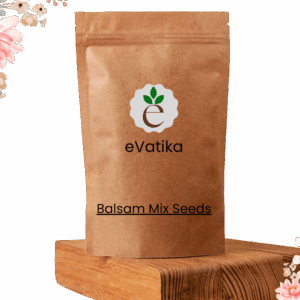
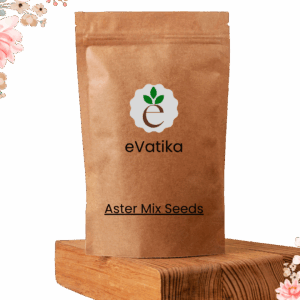
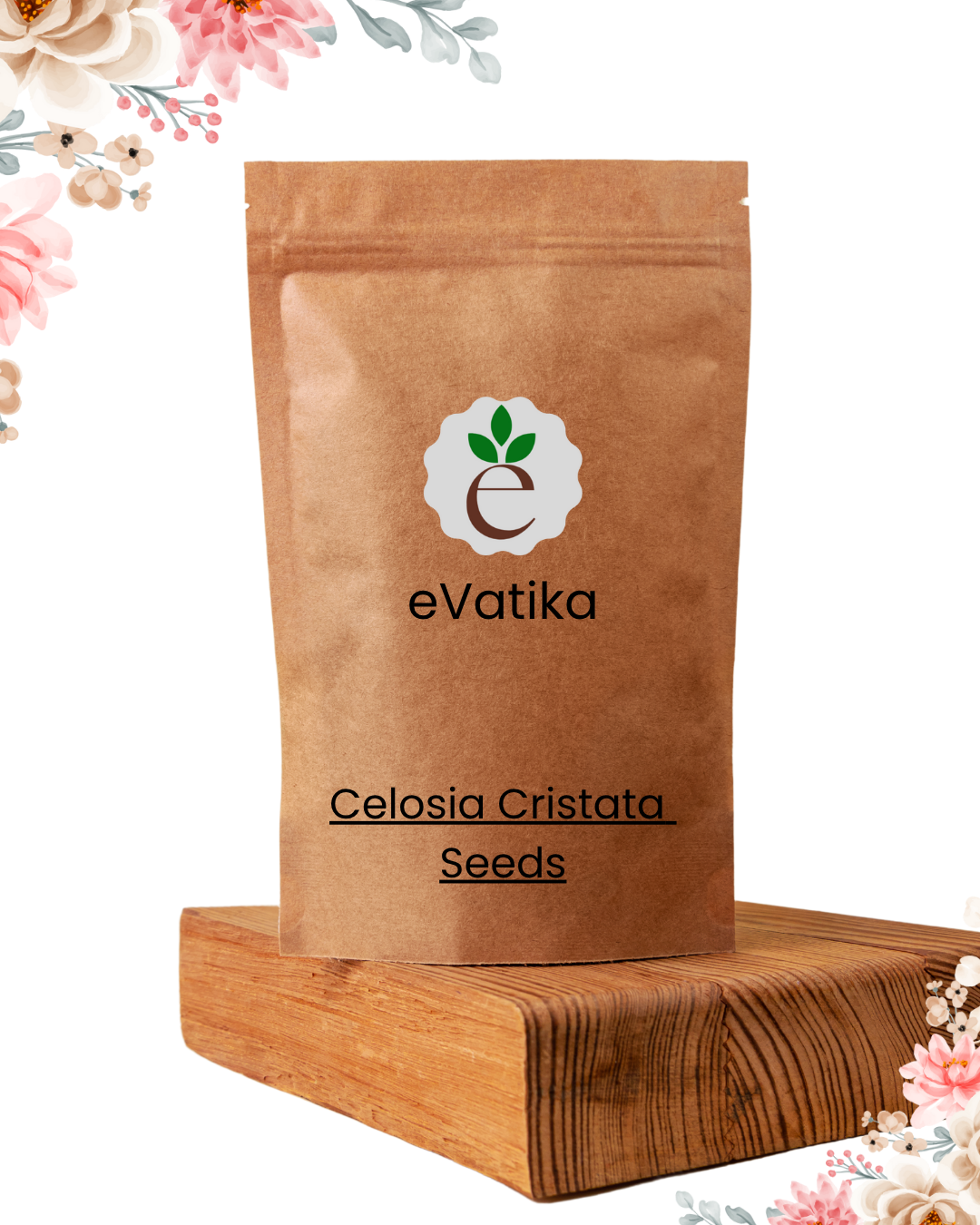
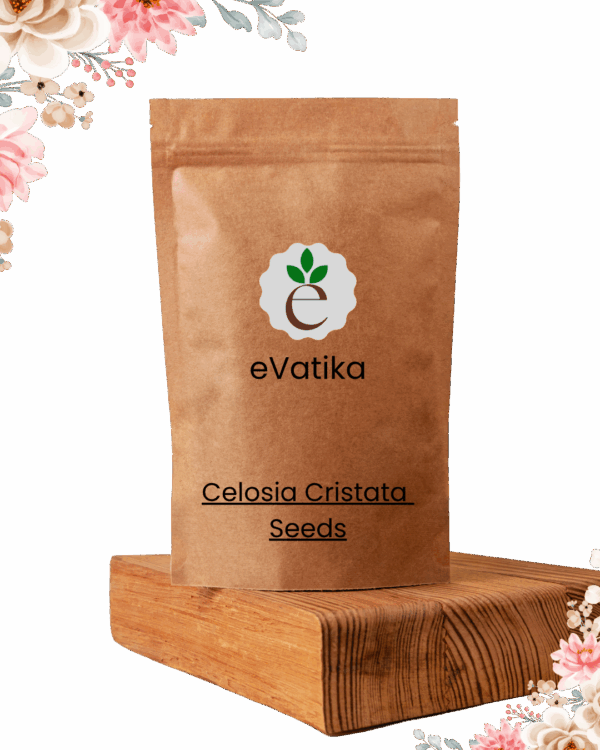
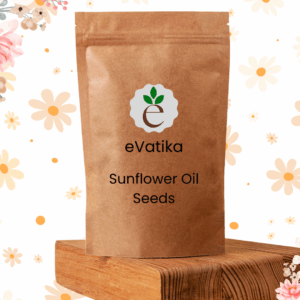
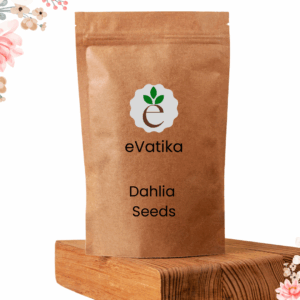
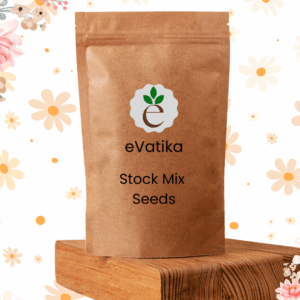
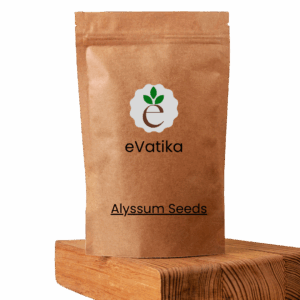
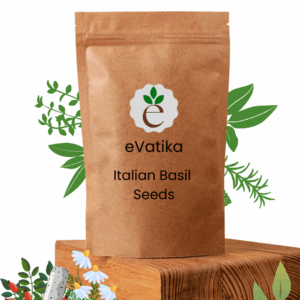
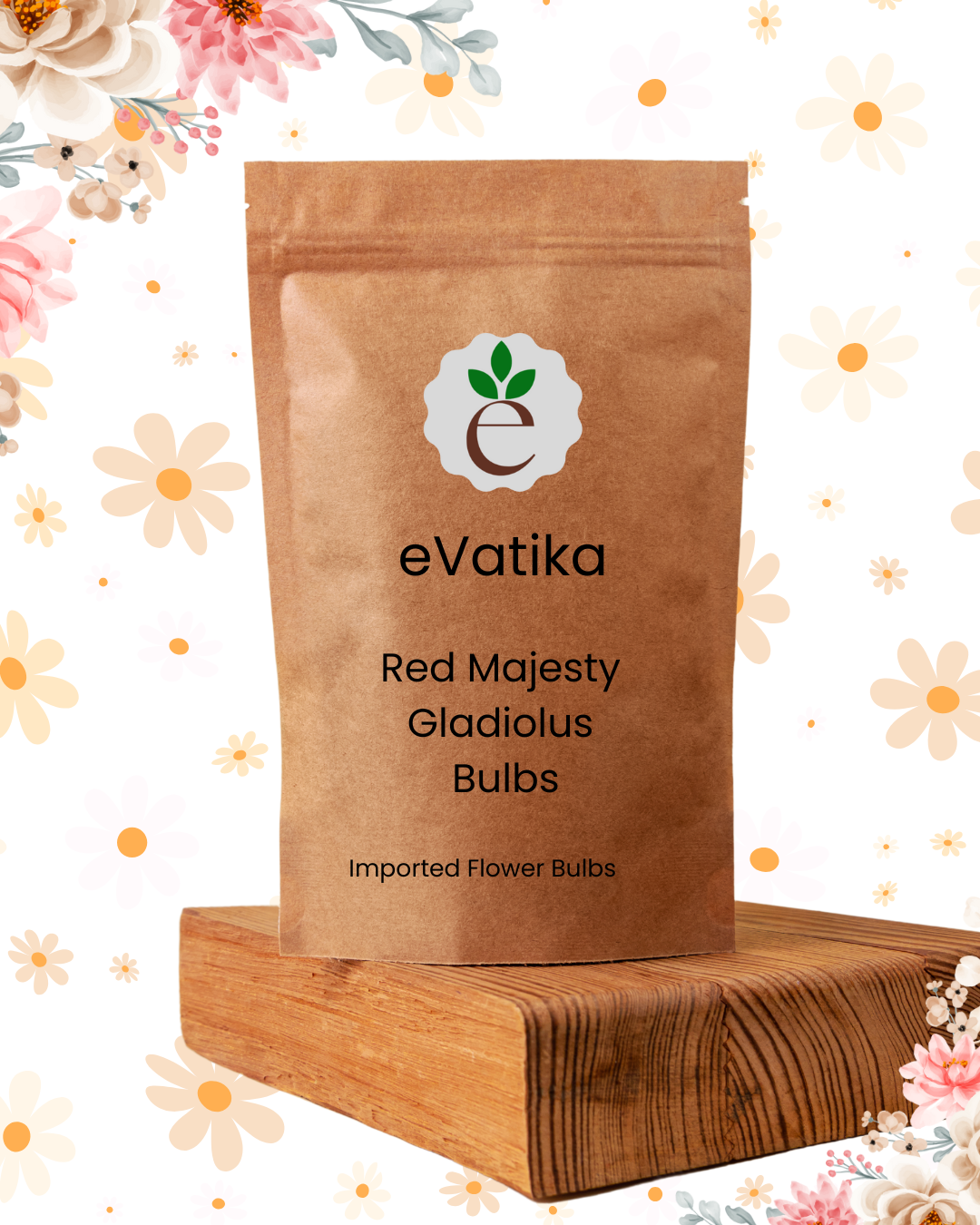
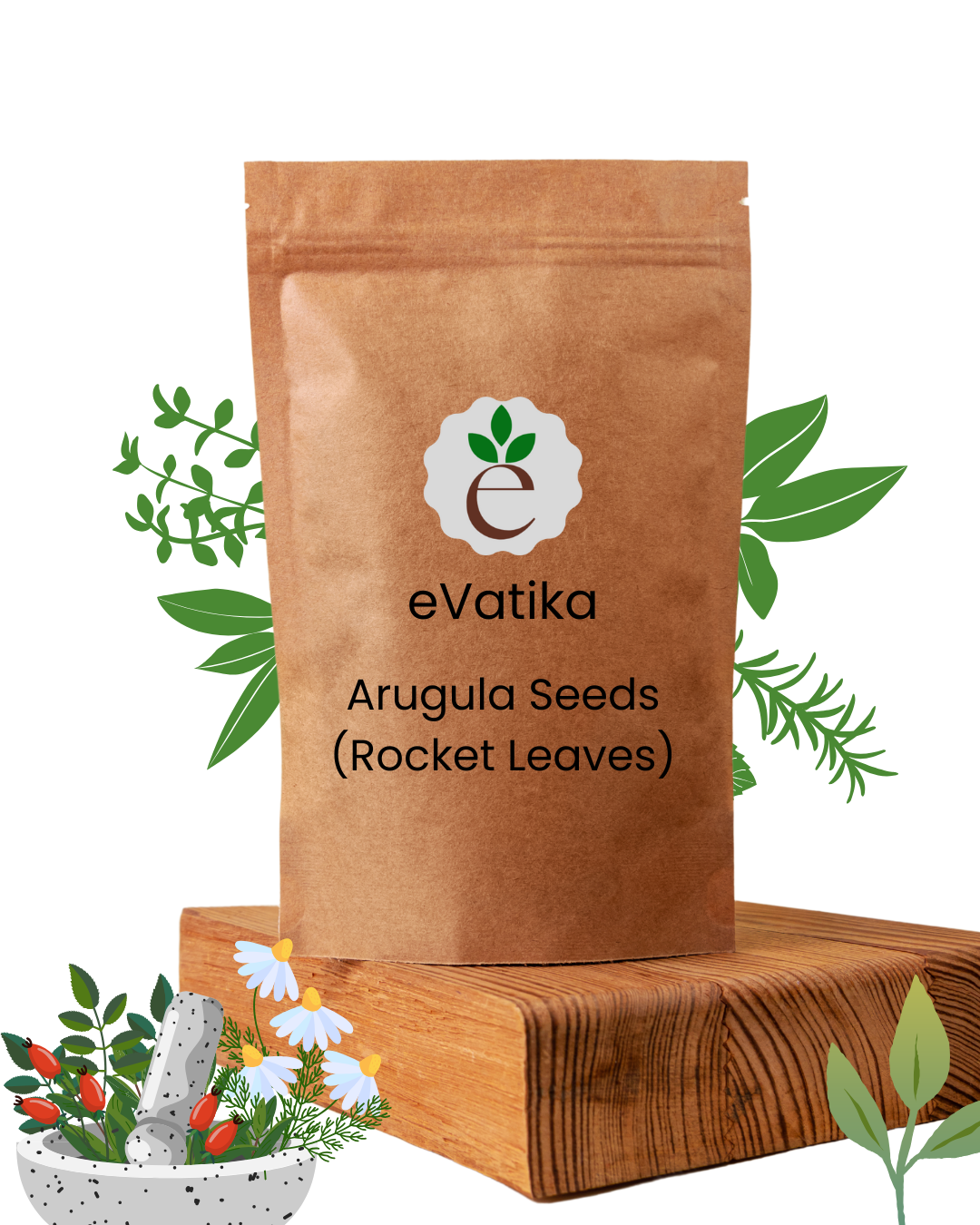





Reviews
There are no reviews yet.